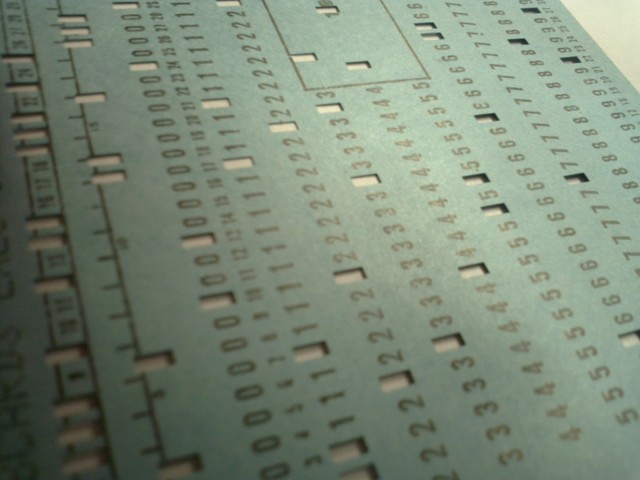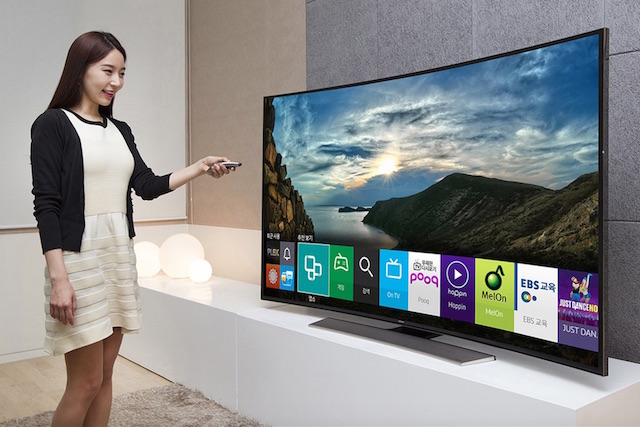Exactly what benefits does the Internet of Things offer businesses? A survey of Australian businesses by Microsoft claims there are benefits but few companies have deployed the IoT in their operations as managers struggle to understand the technologies.
In the survey “Cut through: How the Internet of Things is sharpening Australia’s competitive edge” carried out by research company Telsyte, Microsoft found two thirds of businesses that deployed IoT technologies have achieved an average cost saving of 28 percent while half the businesses have improved efficiencies of around the same amount.
A poor take up rate
The devil however is in the details and most notable only a quarter of the 306 companies surveyed admitting to using IoT applications.
While the sample size is small, and the Australian business community has been relatively slow in adopting the IoT, the survey indicates managers see the value but are struggling to see how they can adopt the technologies in their organisations.
Although fewer than one in 20 organisations said they could not foresee any business benefit from IoT, an alarmingly high 48 per cent still have no plans to implement the technology.
This reluctance comes largely from a lack of resources and expertise with the top five reasons for not adopting the IoT being technology challenges, affordability, security concerns, lack of skills and no management support.
Lack of management support
Management’s lack of understanding and support for IoT solutions presents a risk for businesses as the next generation of industrial machinery – from cars to tractors – will have some connectivity built into it. A failure to understand the technologies built into equipment opens a range of operational and security risks for an organisation.
Another aspect about the implementation of the IoT that comes from this survey is exactly what are we talking about? Microsoft’s emphasis in this report was clearly on the Big Data analytics, something else that might confuse the discussion with management.
What’s clear from the Microsoft’s survey is companies do realise there are benefits from the IoT but managements are struggling to understand the technologies and how to implement them into their operations. This is an opportunity for the savvy integrator or reseller.




